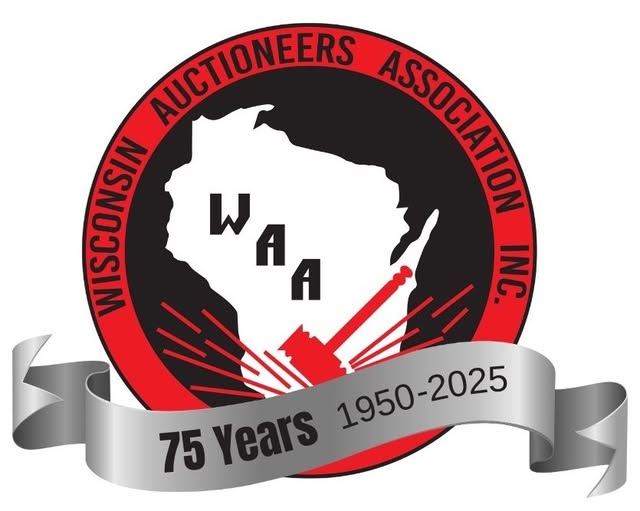The most expenisve clock sold at auction is the Rothschild Fabergé Clock Egg, which was made in 1902 by Peter Carl Fabergé. On 28 Nov 2007, this ornate timepiece sold for £8,980,500 (then $18,824,655) at Christies in London, UK, on 28 November 2007.
The clock has two spring barrels driving four gear-trains. The first powers the clock; the second the striking mechanism; the third set of gears power an elaborate gold enamelled cockerel that rises from a trapdoor in the top of the egg every hour, and moves as if to crow; the final gear train drives a tiny set of bellows that push air through a set of flutes, imitating the cockerel’s crow.
This clock is an example of a “Fabergé Egg”. These were highly ornate decorative pieces made by the House of Fabergé – a jeweler in St Petersburg, Russia – between 1885 and 1917. Most were designed by Peter Carl Fabergé (aka Karl Gustavovich Fabergé) and assembled by his “workmasters” Mikhail Perkhin and Henrik Wigström. They were masterpieces of the jeweler’s craft, requiring a year of work by highly skilled artisans and using only the finest materials (principally enameled gold and precious stones, but examples were made using cut-glass, jade and even finely turned wood).
The first was ordered by Tsar Alexander III as an easter present for his wife, and the Russian royal family would go on to be the primary customer for future examples (ordering 52 out of the approximately 69 made). Only eight of the eggs contained a clock movement, and the Rothschild Egg is one of only three with an automaton.
The Rothschild Egg is named for the person who commissioned it, Béatrice Ephrussi de Rothschild – a scion of the French branch of the wealthy Rothschild banking family. It was made as a gift for Germaine Halphen, to celebrate her engagement to Béatrice’s younger brother Édouard. It remained in the private collection of the Rothschild family, and was entirely unknown to Fabergé scholars until it went on sale in 2007. In 2014 it was donated to the Hermitage Museum in St Petersburg, Russia.
Country:
Year:
Date:
Source:
History of Auctioneering
Country: United States
Year: 1979
Date: June 26
Source:
Darron Blankenship (USA, b.9 April 1970) became certified as an auctioneer on 17 August 1984, aged 14 years 99 days.
Country: United States
Year: 1984
Date: August 17
Source: https://www.guinnessworldrecords.com/world-records/695986-youngest-auctioneer-male
Holiday Inn in La Crosse, WI
Country: United States
Year: 1988
Date: June 7
Source:
Seminars on Bankruptcy, heavy construction, & collector car auctions
Country:
Year: 1990
Date: June 13
Source:
Midway Motor Lodge, Eau Claire, WI
Country: United States
Year: 1991
Date: June 11
Source:
Don Q Inn in Dodgeville, WI
Country:
Year: 1992
Date: June 9
Source:
WAA 43nd Annual Convention, Papa’s Place in Baraboo, WI
Country: United States
Year: 1993
Date: June 8
Source:
Best Western Hudson House Inn, Hudson, WI
Country:
Year: 1994
Date: June 13
Source:
Crown Plaza Madison
Country:
Year: 2000
Date: January 17
Source:
Country: United States
Year: 2010
Date: August 11
Source:





